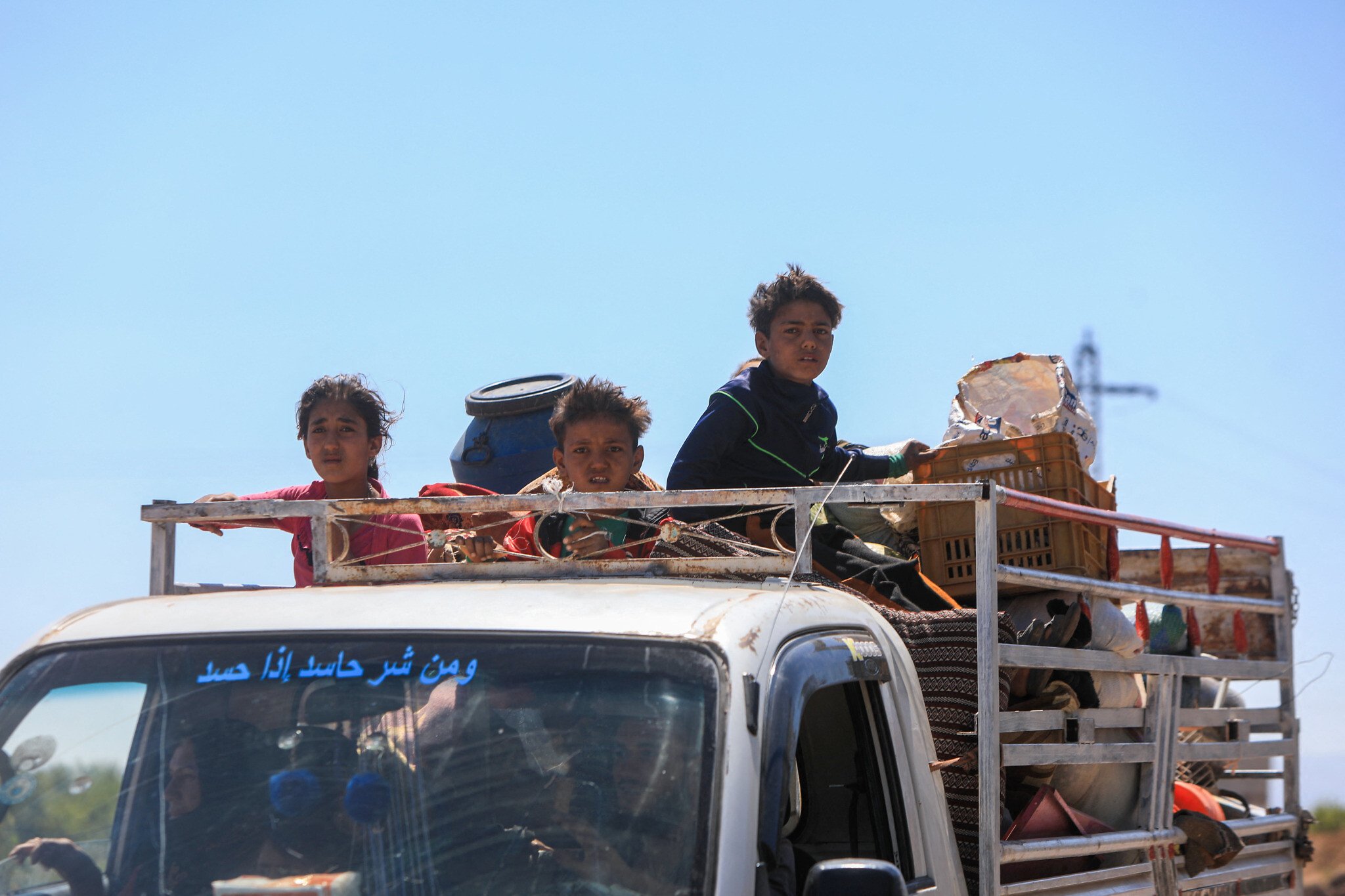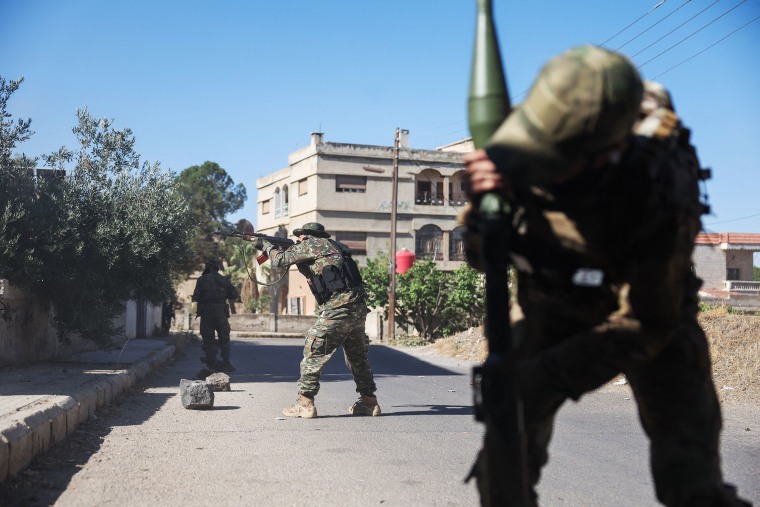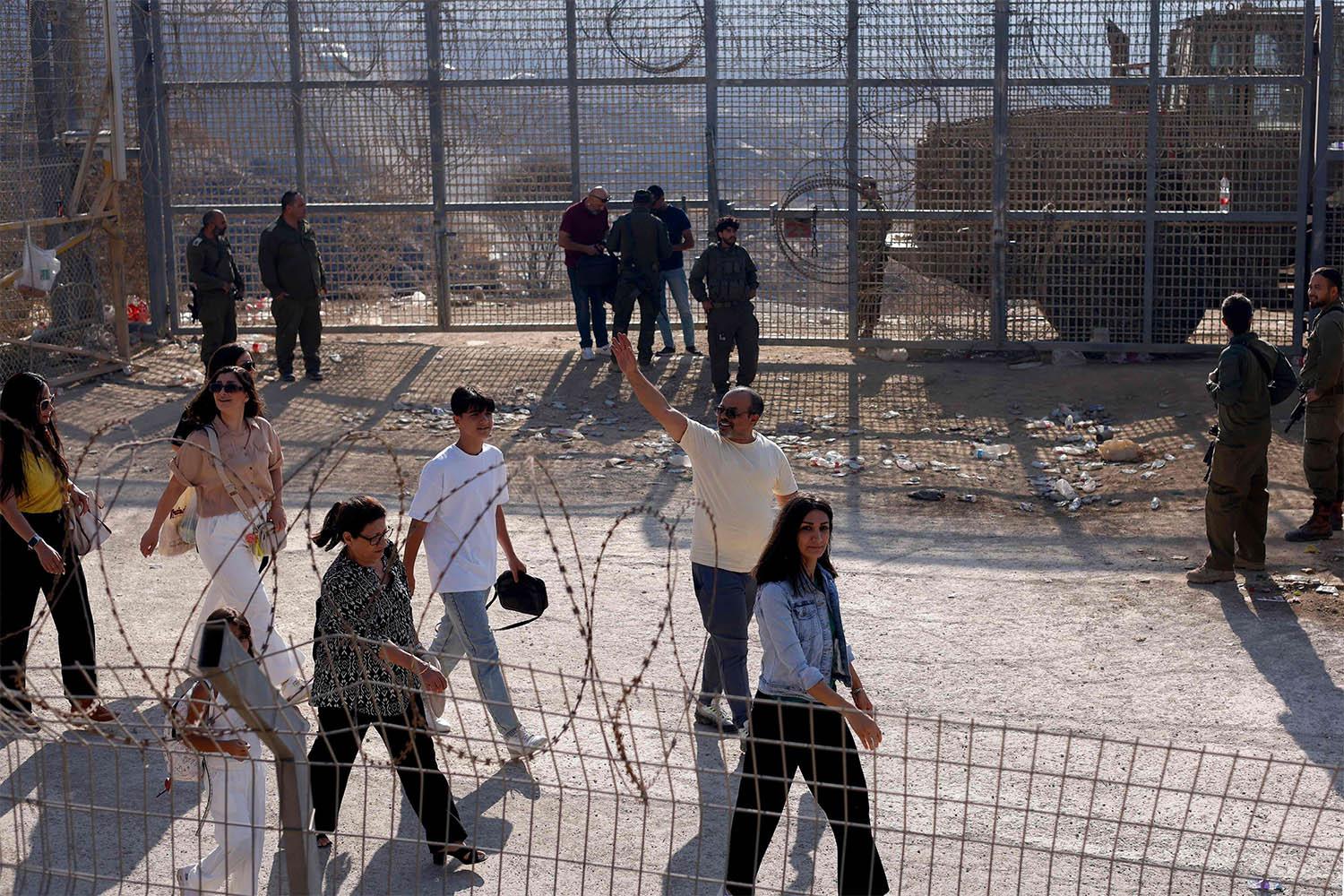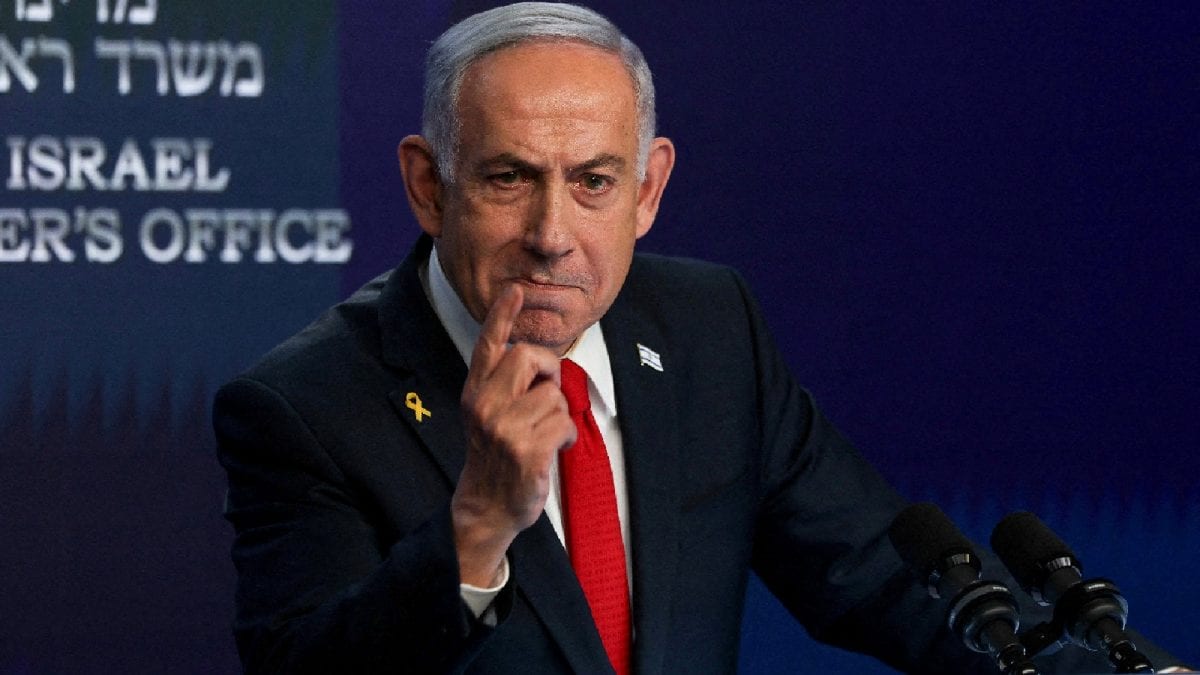Netanyahu Warns Syria: No Military Presence South of Damascus

Prime Minister Benjamin Netanyahu has declared that Israel will not tolerate Syrian military presence south of Damascus, as clashes between Bedouin and Druze factions continue despite a recently brokered ceasefire. The violence, centered in Syria's Sweida province, has drawn international concern and raised questions about the stability of the region.
Escalating Violence Between Druze and Bedouin Tribes

The unrest initially erupted between July 11 and 13 in Sweida province, triggered by the assault and robbery of a Druze vegetable vendor by Bedouin tribesmen. This incident sparked retaliatory kidnappings and quickly escalated into armed confrontations. The fighting spread rapidly, resulting in the closure of the vital Damascus-Sweida highway and the use of heavy weaponry, including mortars.
Syrian Government Intervention and Allegations of Abuse

From July 14 to 16, the Syrian transitional government deployed forces, including units from the Ministry of Interior and Ministry of Defense, to Sweida in an attempt to quell the escalating violence. A province-wide curfew was imposed, checkpoints were established, and government forces engaged in clashes with armed groups. While the government claimed its goal was to restore order, local monitors and civilians have accused government forces of committing abuses against Druze civilians.
Israeli Airstrikes Target Syrian Military

In response to the Syrian government's actions, Israel launched a series of airstrikes on Syrian military targets between July 14 and 17. These strikes included attacks on tanks in Sweida on July 14 and the Syrian Defense Ministry headquarters in central Damascus on July 16, as well as targets near the presidential palace.
Netanyahu's "Red Lines" and Israel's Stance

On July 17, Prime Minister Netanyahu addressed the situation, reaffirming Israel's "two red lines" in Syria. These include the demilitarization of the area south of Damascus, near Israel's border (stretching from the Golan Heights to the Druze mountains), and the protection of the Druze minority residing in the region.
Netanyahu asserted that the Syrian regime, under President Ahmed al-Sharaa, had violated both these red lines by deploying its army south of Damascus and engaging in actions detrimental to the Druze population. He emphasized that any ceasefire had been "achieved through force" and vowed that Israel would continue to take action as necessary.
Ceasefire Agreement and Continued Hostilities

A ceasefire agreement, mediated by the US, Turkey, and Arab countries, was initially announced on July 16 and solidified on July 17 between the Syrian government and local Druze forces. Under the terms of this truce, Syrian government forces largely withdrew from Sweida, and Druze factions and clerics were appointed to maintain internal security.
However, despite the ceasefire, reports of renewed fighting between Bedouin and Druze factions have emerged. A Bedouin military commander stated that the truce applied only to government forces and not to their conflict with the Druze, vowing to continue fighting for the release of detained Bedouins. Syrian state media has also reported alleged Druze massacres against local Bedouins, leading to displacement.
Key Events and Timeline
July 11, 2025: The initial incident involving the assault and robbery of a Druze vegetable vendor by Bedouin tribesmen, triggering retaliatory kidnappings.
July 13, 2025: Widespread armed clashes erupt between Bedouin and Druze groups in Sweida.
July 14, 2025: Syrian government forces deploy to Sweida. Israel conducts airstrikes on Syrian military tanks.
July 16, 2025: Israel strikes the Syrian Defense Ministry in Damascus. The first ceasefire agreement is reached, though it quickly breaks down.
July 17, 2025: Prime Minister Netanyahu issues a video statement outlining Israel's "red lines." Syrian government forces largely withdraw from Sweida. A new ceasefire agreement is announced.
July 18, 2025: Reports of continued fighting between Bedouin and Druze factions persist despite the formal truce.
Key Stakeholders in the Conflict

Druze Community: A significant religious minority in Syria, primarily concentrated in Sweida province. They have historically maintained a degree of autonomy and possess their own armed militias. A sizeable Druze community also resides in Israel.
Bedouin Tribes: Various Sunni Bedouin tribes reside in southern Syria, often with historical land disputes and rivalries with the Druze.
Syrian Transitional Government (led by President Ahmed al-Sharaa): The government in Syria, attempting to assert authority across the country after the fall of Bashar al-Assad's regime. Its aim is to integrate all factions into a unified Syrian army.
Israel (Prime Minister Benjamin Netanyahu): Considers the Druze as allies and has a policy of intervening to protect them in Syria. Israel also seeks to prevent any significant Syrian military presence south of Damascus, particularly near its border and the Golan Heights (which Israel occupies).
International Actors (US, Turkey, Arab countries, UN, EU): These entities have mediated the ceasefire and have called for de-escalation, protection of civilians, and respect for Syria's sovereignty and integrity.
Conflicting Narratives and International Reactions

While Israel justifies its intervention as a means to protect the Druze, critics, including Al Jazeera and Anadolu Agency, suggest ulterior motives. These include maintaining a weak and divided Syria, solidifying control over the Golan Heights buffer zone, and serving Netanyahu's internal political considerations. Syrian leaders accuse Israel of inflaming sectarian tensions to destabilize the country.
The effectiveness of the truce is questionable, given the reported continued fighting between Bedouin and Druze factions after the government's withdrawal. This highlights the fragility of the ceasefire and the deep-seated sectarian tensions.
The clashes have resulted in civilian casualties, including reports of "field executions," and displacement of populations, particularly Bedouins fleeing Sweida. Hospitals have been impacted, and humanitarian activities have been suspended.
Challenges to Syrian Government Authority

The conflict underscores the challenges facing the new Syrian transitional government in asserting its authority and integrating diverse communities after a prolonged civil war, particularly in regions like Sweida that have maintained some autonomy.
The involvement of external actors like Israel and the ongoing sectarian violence pose a risk of further regional destabilization.